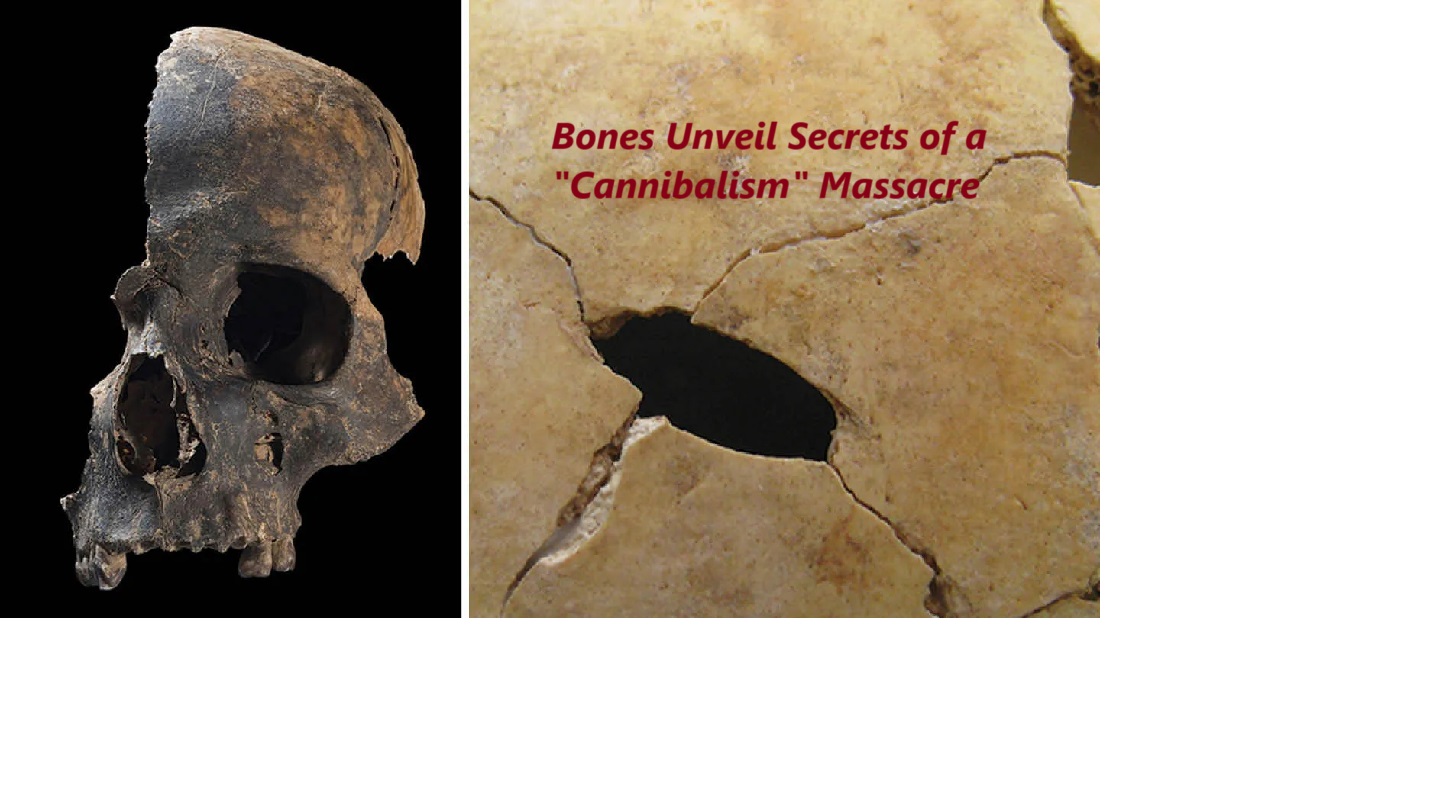Research conducted by scholars at the University of Oxford has uncovered evidence of a brutal massacre linked to cannibalism in prehistoric Britain.
Archaeologists assert that a collection of human bones unearthed 50 years ago in a Somerset pit serves as proof of the most violent massacre documented in British prehistory, along with acts of cannibalism during the Bronze Age.
According to The Guardian, a group of individuals was killed sometime between 2200 BC and 2000 BC, with their remains disposed of in a deep pit located at Charterhouse Warren, near Cheddar Gorge.
This marks the first scientific study of the bones since their discovery in the 1970s, revealing that the victims’ flesh was consumed after their deaths.
Evidence of Violence
Rick Schulting, the lead author and a professor of scientific archaeology and prehistory at the University of Oxford, states that this massacre is the most violent episode recorded in Early Bronze Age Britain, if not in any period of British prehistory.
“For the Early Bronze Age in Britain, we have scant evidence of violence,” Schulting explained. “Our understanding of the era has primarily centered on trade and exchange—how people crafted pottery, farmed, and buried their dead.”
“There has been little discourse surrounding warfare or large-scale violence during this time due to the lack of evidence,” he noted.
Unusual Practices
The extent of cannibalism observed in this instance is also exceptional, Schulting remarked.
“If such practices were in any way commonplace, one would expect to find indications of it at other archaeological sites. We have hundreds of skeletons from this period, and instances like this are exceedingly rare,” he added.
Upon re-examining the bones, Schulting and his colleagues at Oxford quickly realized they were dealing with a much larger group than previously anticipated. He noted that nearly half of the bones belonged to children, suggesting that an entire community may have been violently extinguished in an especially horrific event.
The Guardian emphasizes that the complete circumstances surrounding these occurrences may never be fully understood. However, Schulting and his colleagues hypothesize that this could be an example of “performance violence,” where the attackers aimed to instill fear and send a warning to the wider community. The acts of scalping, butchering, and consuming the victims would have had a similarly chilling impact.

